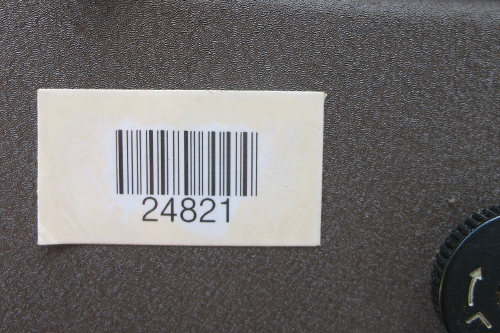Effective asset tracking is crucial to building a more profitable organization. Investing in asset management software is a good first step, but there are also several strategies you can implement that will ensure a smooth implementation of your asset tracking system.

From organizing your existing inventory to streamlining warehouse processes, the tips below will help you get the most value from your asset management solution.
Use an Automated Inventory Solution
Automated solutions for inventory management offer several advantages over manual systems, from shorter fulfillment cycles to reduced helpdesk operating costs. Switching from a manual process to an automated one also boosts employee productivity and allows you to track vendor data so you can take advantage of savings.
Treat Inventory Management and Asset Tracking as Separate Tasks
Be sure you understand the difference between inventory management (tracking what you sell) and asset tracking (tracking what the company owns). You should be able to assign a financial value to both types of data and know how those values affect operations as a whole.
Ensure Accurate Asset Tracking
Performing proper asset tracking is the best way to prevent fraud, one of the most common problems facing small businesses today. Regular product counts will help you monitor theft within your organization. Accurate asset tracking also improves budgeting and forecasting by maintaining up-to-date inventory counts in a centralized database. with use a few clicks, you can see if you’re short on needed items and purchase just enough supplies to keep you adequately stocked.
Adopt the Maintenance, Repair, and Operations (MRO) Approach
Having a storeroom system in place to support maintenance, repair, and operations (MRO) is critical to efficient supply-chain management. According to the Marshall Institute, companies that embrace the MRO approach have better operational efficiency. The main goal of MRO activities is to manage facilities at the lowest cost and in the least amount of time.
Use Portable Barcode Scanners
In an NPMA.org article titled “Top Ten Tips for Successful Property Management, Marla Williams, CPPM recommends using portable bar code scanners for more accurate data collection. She says that putting barcode scanners into the hands of the people who receive and handle the assets makes the most sense. This way, the information is gathered by the people actually doing the job.
Determine Which Assets to Track

photo credit: Mpclemens / Flickr
Depending on the type and size of the company, you may not need to track all of your assets. While you’ll need to monitor the condition and depreciation of any company vehicles you own, for example, but you don’t need to track them with a bar code system. Decide which assets are worth the effort of tracking. For instance, you might decide to track only immovable assets worth more than $,5000 or smaller items worth $50 that can be easily stolen.
Maintain Efficient Processes and Clear Documentation
Develop clear processes and documentation address how assets are recorded, counted, and handled. Your documentation should outline the best ways to incorporate storeroom activities into the planning, scheduling, production, and other areas of the organization. Will transfers of assets to and from the storeroom be recorded? Are physical counts treated the same as automated counts? Having a physical document providing the answers to such questions will provide a guideline for storeroom efficiency.
Keep Your Inventory in One Place
Storing your inventory in various locations is an easy way to lose track of your stock. Keep your inventory in one central location, and use an asset management system to track, manage, and maintain your assets. The data gathered by the asset management software will help you determine inventory levels so you can avoid over-stocking.
Include Financial Forecasting in Your Long-Term Strategy
Investing in an asset management system is part of a financial strategy that helps ensure annual revenue reserves and reinvestment are sufficient to support the organization over the long term. By providing detailed asset inventories, maintenance tracking, and asset reporting, asset management software can help streamline your operations and boost your bottom line.
Reduce Asset Loss by Tracking IT Hardware
Track your IT hardware to predict asset failure and reduce costly downtime. Proper asset management allows you to monitor maintenance schedules, thereby reducing maintenance costs. Tracking assets that can interrupt workflow or lead to data breaches — such as data center servers, storage devices, and network and infrastructure hardware — is especially important.
Conclusion
From cost savings to increased productivity, there are many benefits to asset management. The above tips will help your organization develop best practices for asset management that will maximize your inventory while reducing your overall operating costs.


